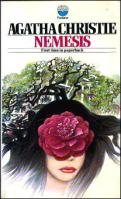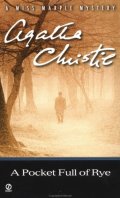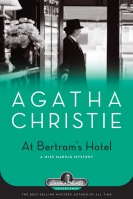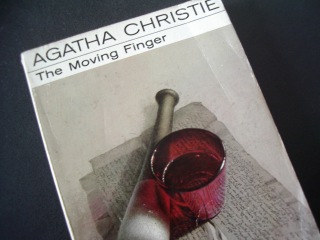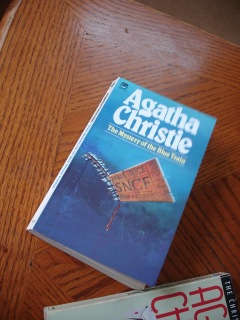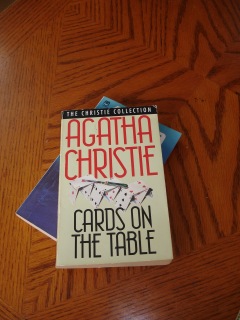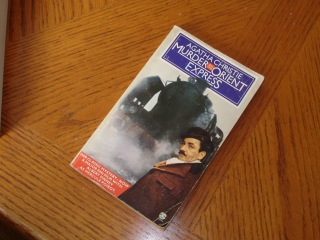When Miss Marple’s old acquaintance, Mr. Rafiel dies, she is never more surprised in her life when she gets a letter from his lawyers with a proposition for her. She is to undertake a task for Mr. Rafiel, without any clues as to what that task is; if she completes this task, she will gain twenty thousand pounds. Miss Marple intrigued, agrees somewhat doubtfully and immediately she is taken on a journey where little by little, the clues fall into place and she comes closer to solving the mystery.
This mystery was slightly disturbing to read. Agatha Christie treats the cases of rape and assault in a way I found appalling sometimes. The case of crimes committed by delinquents and mentally unstable people is a major factor in this novel and lends an eerie and depressing atmosphere to the whole book. Basically, I felt the whole case along with the motive was too disquieting to read. One expects emotions such as hate, jealousy, lust, greed and revenge as being the cause of murder, but when it’s love, it makes it much more darker. I don’t know, perhaps I’m the only one who felt this way, but the novel left me sad.
Agatha Christie wrote quite a bit about the mentally unstable and referred a lot to the psychological theories new in her time. Many of her novels dealt with mental abnormalities and with dysfunctional relationships. She never shied away from discussing things such as sex and unwanted pregnancies (although she mostly blamed the girls or how girls didn’t have proper mothers to look after them anymore!). This novel is one of the queerer ones and actually, the plot has some similarities with Sleeping Murder, Miss Marple’s final case.
Mentions of known characters in this novel include Mr. Rafiel, who appears alongside Miss Marple in A Caribbean Mystery, Raymond and Joan, Miss Marple’s nephew and his wife, and Sir Henry Clithering, an old acquaintance of Miss Marple. Cherry Baker, Miss Marple’s helper, also appears in this novel.

